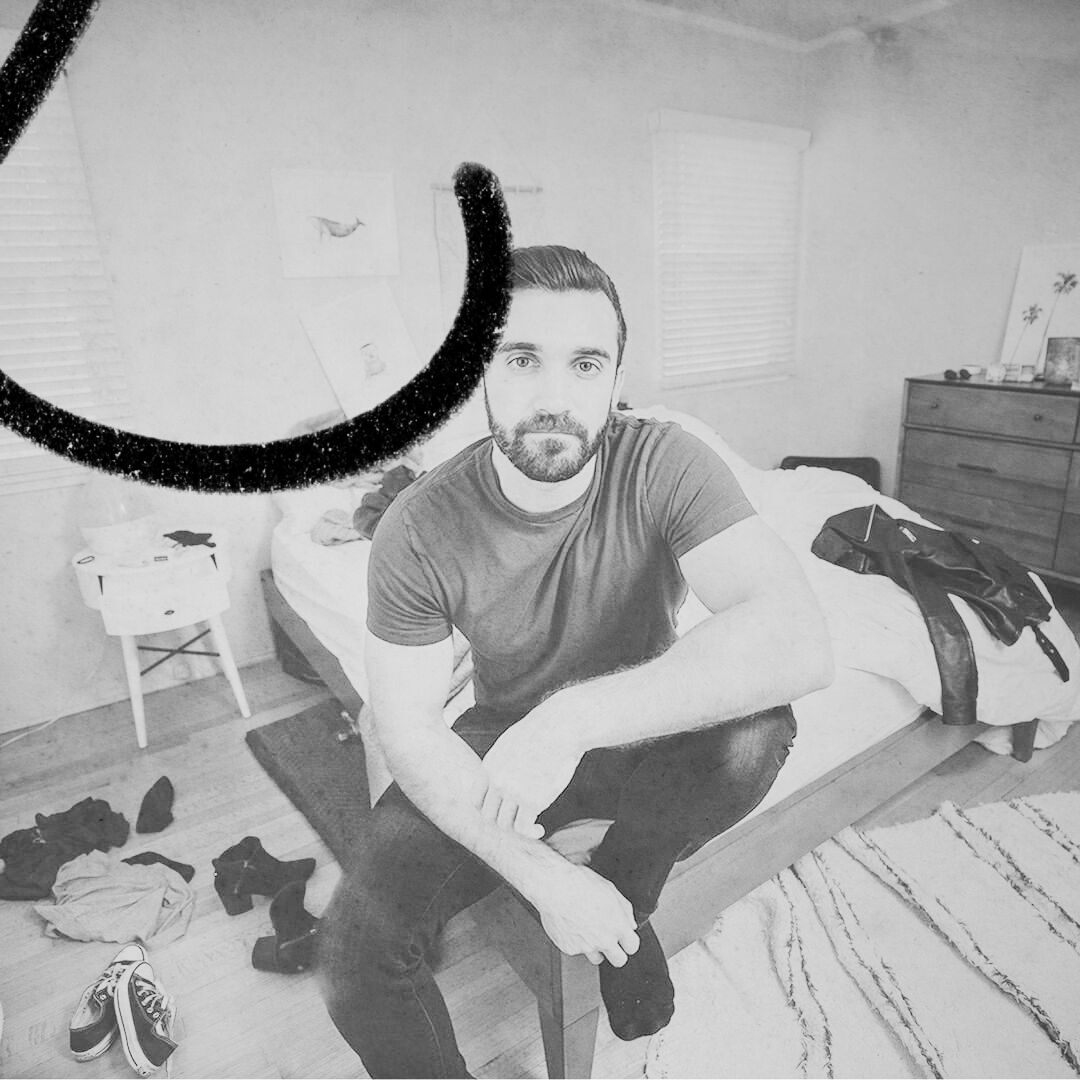
Everyone wants a successful YouTube channel, but very few people talk about how to keep it once you build it. Matt D’Avella had to figure that out for himself.
He’s a documentary filmmaker and YouTuber with 3 million subscribers who covers minimalism, habits, and productivity. He started out by releasing one video a week—and soon his numbers started to pick up. It was exhilarating at first: he never expected his videos to get so popular so quickly. When they did, what started out as a fun outlet for creative expression soon became something entirely different.
Matt wanted to make sure that his channel growth didn’t stop and that his existing subscribers stuck around. So he doubled down on doing exactly what he’d been doing from the start: continue releasing one video a week, and trying to make each one as popular as possible:
“It was this kind of internal belief I had created for myself. I guess I believed that if I stopped making them [on that schedule], then people would stop showing up.”
Creators everywhere feel the same way: YouTubers, newsletter writers, streamers. It’s the same problem in different forms. I’ve felt it firsthand with this newsletter. You start doing something because you love it—and when it starts to work, it introduces a whole set of complications that can take you away from the thing you loved about it in the first place.
If you’re not careful, you’ll hit burnout quickly. And that’s exactly where Matt found himself: making videos at a relentless pace, and never satisfied with the numbers. “You’re always in hyper comparison mode against yourself—and you can never win, because you're rarely going to beat your best video.”
Over time though, he’s learned to approach making videos differently than he did earlier in his career. And in the process he figured out one of the most valuable lessons of being a solo creator: the things you need to do to build an audience are different from the things you need to do to keep it.
In the rest of this interview, we go through the systems and processes Matt uses to keep his channel growing without burning out. We go into everything from how he sets goals, to how he does his email, to the habit that changed his life.
Let’s dive in!
Matt introduces himself
My name is Matt D’Avella. I’m a documentary filmmaker and a YouTuber.
I started making videos on YouTube in 2017. After a year and a few months, my videos started to gain some traction, to the point that within a couple of years—to my surprise—I was able to build an audience of over three million subscribers. I still pinch myself today that I’ve been able to do that.
Early this year, Netflix released one of my documentaries, The Minimalists: Less Is Now. And, of course, I’m really excited about my new course platform, Slow Growth Academy.
Even though I’ve got so much going on in my work, I’m transitioning into a period of my life where I'm less obsessed with the numbers and more focused on my mental health, happiness, and well-being. As part of that focus, I’ve had to make some major changes to how I work so I can continue to create in a sustainable way.
How I burned myself out building up an audience
When I first started out I was making one video a week. That’s how I built my channel—and it was working. But it also felt daunting to keep up with. I remember a moment where I was talking with my wife very early on. My channel had first started to grow, and I was trying to explain to her the idea that, “I’m going to have to make a video and a podcast every week for the rest of my life."
I don't know why I thought that was the case, because it clearly is not true. But it was this kind of internal belief I had created for myself. I guess I believed that if I stopped making them, then people would stop showing up.
When you get into a place like this you start to kill yourself over the numbers, and they begin to influence the decisions you make. You end up creating more and more with the numbers in mind, rather than thinking about what you truly want to create and the kind of impact you want to have. Anxiety starts to rear its ugly head.
The way YouTube works doesn’t help. When you log in to YouTube to upload a video or to see how your last video did, it shows you a breakdown of how your last video performed relative to your most ten recent ones. As a result, you’re always in hyper comparison mode against yourself—and you can never win, because you're rarely going to beat your best video. And then there are those red arrows that point downwards, telling you that you have 30% less viewership, and your income is down by 40% too!
As a result, maintaining balance has been really hard. It's insanely difficult to build a successful YouTube channel. It's even more difficult to build a channel that doesn't burn you out.
But I’ve realized that what you need to do to build an audience isn't necessarily what you need to do to maintain it.
Avoid comparing yourself to others
Feeling like I needed to do more than I actually did, and constantly comparing myself to other channels and creators, were real pitfalls for me. But when you put that kind of pressure on yourself, you're not giving yourself a chance to rest and take a break from a really demanding work life.
Before I had an audience, I thought that building one would generate some kind of feeling in me. I think that I held people with millions of followers in a certain esteem because of what they had been able to build. We do the same thing for successful entrepreneurs and celebrities—we kind of put them into a different tier, mentally.
But having gone through it myself, absolutely nothing changed about me personally when I gained tons of followers. If anything, I just added more pressure onto myself to create.
I’ve had the chance to meet so many of the wonderful creators that first inspired me, and I’ve been fortunate to work with a few of them too. I realized that though they were incredibly talented, hard-working, and kind people, at the end of the day, they were just ‘regular’ people.
That made me realize that if they could do it, I could do it. And people should know that if I could do it, probably anybody can do it.
I make one ‘banger’ video a month
Rather than trying to make every video a hit, I’ve changed my approach to avoid burnout. I just try to make one banger video a month. One video that I think will have a good chance of reaching beyond my current audience and bring more people in.
Then the other three videos I make I just try to appeal to my core audience. I make videos about self-development and creativity that excite me and my subscribers.
Different people do it different ways. Some creators do a ‘one for me, one for you’ approach where they alternate creating content that they will feel inspired by and content that will inspire others.
Some creators have found a way to make every video a banger—like Mr. Beast and Yes Theory.
But the one banger a month approach has worked well for me.
I try to create ‘slow goals’ for myself
Taking on too much work is a mistake I’ve made over and over again.
Early in my career, I found myself making two feature-length documentaries at the same exact time. And recently I found myself starting my course platform, directing a feature length documentary for Netflix, and making YouTube videos—all at the same time.
That’s just too much. I can't do all of that while also avoiding burnout, having a life, and trying to be happy. So I've started to reframe how I develop goals—I call them ‘slow goals’.
Formerly, when I would create a goal, my first step would be to try to figure out what was the absolute soonest I could get it done. With slow goals, however, the first step is figuring out how to achieve the goal while making sure that my mental health comes first—and that I still love what I’m doing at the end of it all!
I don't ask myself, ‘Can I do this?’ I ask myself, ‘Should I do this?’
Of course, I still do consider how fast I can get something done, but after I create the estimate I double it—and sometimes more than double it—to make sure I have enough breathing room to do things like take weekends off.
If I’m about to embark on a project that looks like something I’ve done before, I’ll do a comprehensive audit of all of the individual tasks that were involved in putting it together, and how long each one really took. That helps me make my time estimates better.
For example, last year I started making courses. When I did the audit I found out that writing the course took three weeks, filming took one week, and editing took two.
What I learned from that audit is the importance of careful advance planning, so I can give myself plenty of time to get a project like that completed. Now that I know how long it takes to make a course—and the tons of individual tasks involved—when I work on the next one, I’ll be able to use that information to make sure I don’t underestimate how much work and time it’s going to require.
Still, as much as you might plan, and as much time as you give yourself, you're probably still going to be coming down to a crunch on the deadline. And I think that’s OK.
For me, I know that there are going to be times when I’m working on a documentary and we have two weeks left to finish things—and it requires three weeks of work. I might have to work some weekends and pull some late nights. But I think that if you can look back over the course of the year and say that you felt level-headed 80% of the time, that’s a success.
How I manage complexity in my schedule
As I’ve multiplied the different businesses and areas of content creation I’m involved in, my life has predictably gotten more complex. Because of this, I find how I handle my calendar becoming more and more important.
Early on, because of various deadlines I was facing, I’d try to split up the work I’d take on in one day. Maybe I’d spend half a day writing for a feature film, and the other half editing something else. But that doesn’t really work for me—I find it really difficult to do my best creative work on two different projects on the same day.
Now, I try to dedicate whole days to one specific business venture or idea. I have multiple different calendars, one for my YouTube work, another for Slow Growth, another for personal, and a few others.
Now that I’ve gotten into the cadence of releasing a YouTube video every other week, I’m at a point where I can work on Slow Growth in two-week blocks. That gives me the opportunity to pour all my energy onto that one specific project, and put everything I have into it. And that kind of focus in turns allows all kinds of new creative ideas to bubble to the surface. They all start to build upon each other in ways that just can’t happen when I have two projects open at the same time.
How I handle to-dos
I really love The War of Art by Steven Pressfield. He talks about how easy it is to get distracted from creating the art you really want to create. That book taught me that often, items three to ten in our to-do lists are just distractions from the core work that we really need to get done.
Therefore, I want my to-do list to be really clean and simple—I keep tasks to about three or four per day. The point is that I want to ensure that if something on my to-do list is really important, I'm going to get it done. On the other hand, for tasks on the list that aren’t such high priority, I generally let them accumulate until there are five or ten that I can get done in one big batch.
I manage my to-do list with an iPhone app called TeuxDeux, which syncs with a desktop version that you can open in any browser. It has a very simple user interface that prompts you to plan your schedule in five-day blocks.
I know that a lot of people frown on mixing their personal and business lives. But I prefer to have at least some elements of my personal life on my to-do list. For me, it helps reinforce the idea that my work priorities aren’t the only things that are important to me—making a batch of smoothies or planning what muscle group I’m going to work on at the gym today is just as important to me as what I need to get accomplished for work.
I also try to focus on keeping my to-dos actionable by not making them too big. For example, I won’t have an item on my list like ‘make YouTube video’. I’ll break it down into one of its three components—write, film, or edit. Often, for example, the process of editing a video is so time-consuming that I’ll focus on it solely over the space of two or three days. When that’s finished, then I can move on to other tasks.
But I don't kill myself if I don't get them done!
How I deal with email
I actually published a video on YouTube about how I deal with email—in short, I use multiple email addresses for myself, and I use a lot of filtering.
As you build a large audience, you inherently get more and more messages and emails. I try to create filters before people even email me. So wherever I publish an email address for myself, I let people know exactly what that address is intended for, or be honest about the fact that I'm probably not going to be able to respond.
For example, email that gets sent to the address in my newsletter automatically gets filtered into its own label. I have a separate email address for Slow Growth, which gets filtered into yet another label. And then I have my catch-all personal email address, which is what I use most often—but which I only give out to friends, family, and collaborators.
I’m ruthless when it comes to spam. The first time I get spam in my mailbox, I’ll be nice and unsubscribe. But if it turns up again after I’ve unsubscribed, that feels somehow highly unethical, and it’s infuriating to me! I’ll mark it as spam then and banish it away. Every once in a while, I do check my spam folder and clear it out—I know that might be a little neurotic of me, but it’s just become a habit. I want to make sure I don’t miss anything.
I scan through all the messages that end up making it through to me, and I read everything that I can, but I think I could easily lose an entire day just reading and replying to emails. When I put out a newsletter for my latest Netflix documentary, for example, I got maybe three or four hundred emails. I set two hours to the side and responded to as many as I could—but it’s just not humanly possible to respond to all of them.
Why I like thirty-day challenges
I’ve made quite a few thirty-day challenge videos, where I try out a new habit or practice for a month. I definitely recommend thirty-day experiments for anything new that you might want to try out, whether it be a creative goal, or starting to exercise and eat healthily. It’s a great way to find out what it feels like to adopt a new habit.
When you make a commitment to doing something for thirty days, you give yourself a chance to push through the friction of beginning a new habit, as well as get through any dips in your motivation. You can try it out long enough to do it justice and see if it’s something you actually like to do. By the end of that thirty days, you just might find yourself saying, ‘Oh, I love doing this—I'm going to keep it up.’
By the way, I wouldn't recommend trying most new habits every single day for thirty days. What I do recommend is that people use the two-day rule—which is not allowing yourself to skip two days in a row. That way, you can remain consistent, while taking multiple days off a week—and you’re not going to feel like a failure every time you miss a day.
Any habit that’s of value—one that could potentially change your life—needs to be something that you inherently find value in. If you don't like the process of going to the gym every day, then you're not going to keep it up. I know so many people who just try to grit through doing something they don’t like, and they fail in the habit again and again—because they haven't found something that they actually enjoy doing.
One habit that has changed my life
One habit that has truly changed my life is weightlifting and exercise, which I started in college. Keeping up a consistent fitness habit really cracked open the wider world of self-development for me and influenced so many other areas of my life.
Life happens, and it goes without saying that the last year has been one of the most challenging ones for me and so many other people in terms of keeping up a fitness habit. My routine was totally disrupted, but one of things I’ve realized is just how important it is for me to get out of the house in order to do a workout, rather than just rolling out of bed and working out at home.
I have a firm habit of working out five or six days a week, and that continues to be a source of fuel for the rest of my work. Staying active and taking the time to move around has continued to pay back tenfold for me.
The Only Subscription
You Need to
Stay at the
Edge of AI
The essential toolkit for those shaping the future
"This might be the best value you
can get from an AI subscription."
- Jay S.
Join 100,000+ leaders, builders, and innovators

Email address
Already have an account? Sign in
What is included in a subscription?
Daily insights from AI pioneers + early access to powerful AI tools
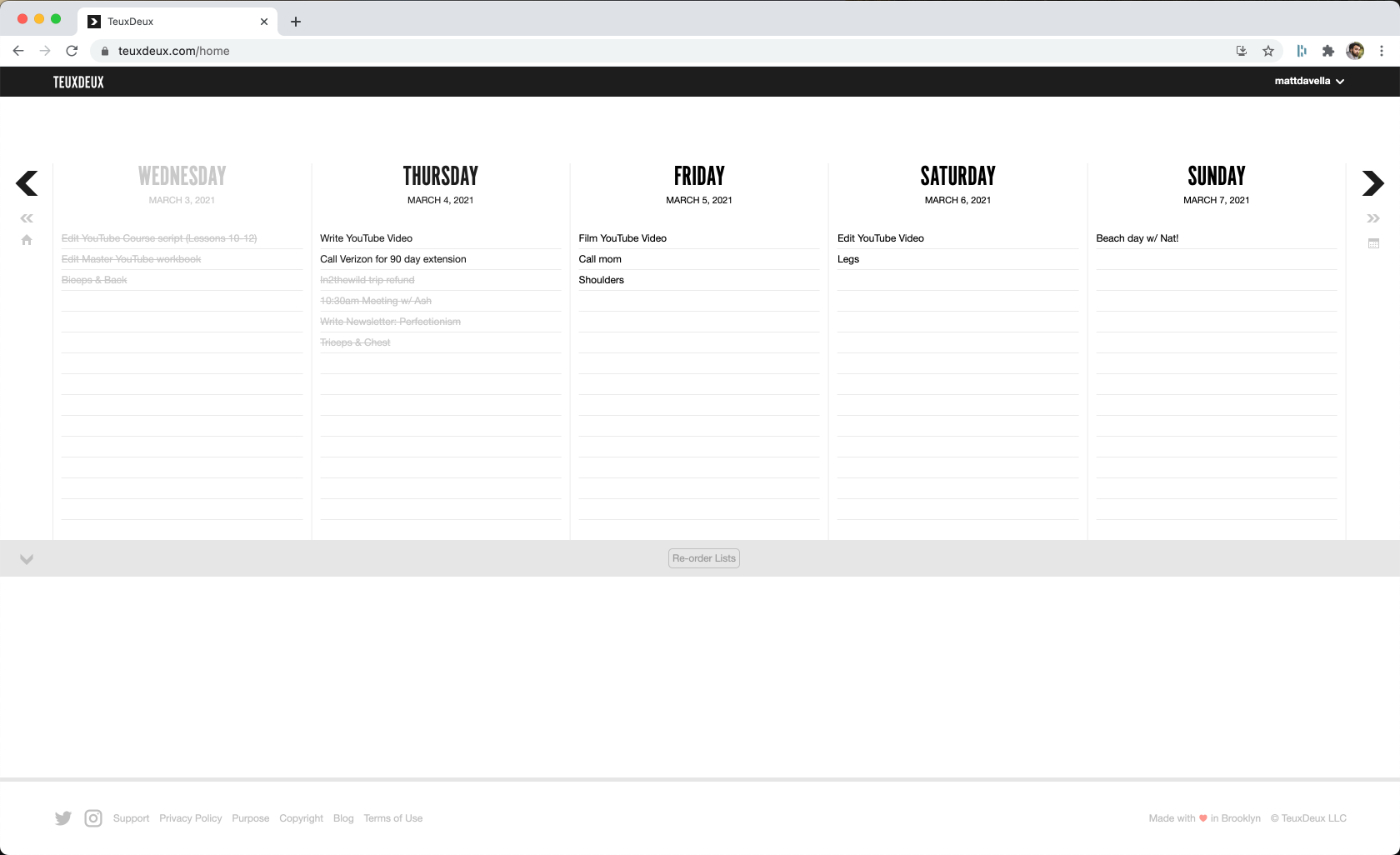






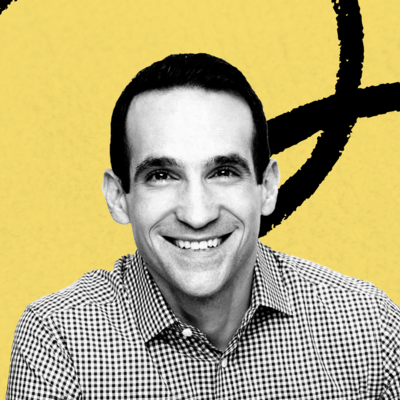
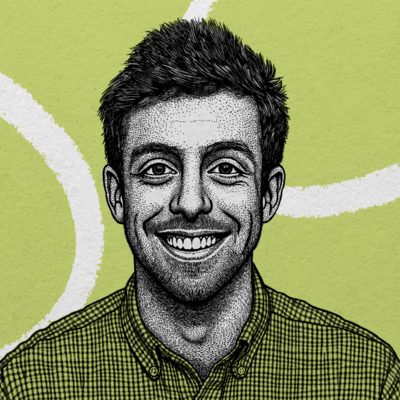
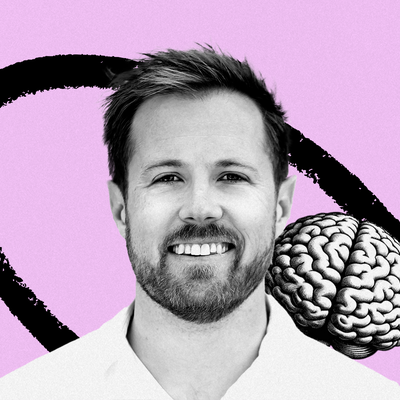

Comments
Don't have an account? Sign up!